Showing 1-6 of 6 results
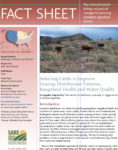
Selecting Cattle to Improve Grazing Distribution Patterns, Rangeland Health and Water Quality
This project is the first and only study that we are aware of that has evaluated whether grazing distribution has the potential to be improved through intensive breed selection. Most of the management approaches currently used to increase grazing uniformity, such as water developments and fencing, can resolve livestock grazing distribution problems on both private and public lands. However, these practices usually require large capital expenditures.
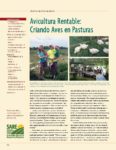
Avicultura Rentable
Avicultura Rentable: Criando Aves en Pasturas es una guía que incluye experiencias de agricultores y lo último en investigación para criar pollos y pavos usando corrales, cercos portátiles y pasturas.
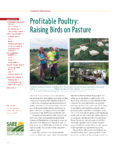
Profitable Poultry
Profitable Poultry: Raising Birds on Pasture features farmer experiences plus the latest research in a guide to raising chickens and turkeys using pens, movable fencing and pastures.
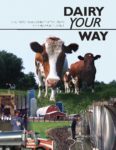
Dairy Your Way
This publication was created to provide information that will help producers explore the many choices available for today’s dairy farms. This book is not intended to be a how-to dairy guide or manual. While there is no one-size-fits-all answer for dairy farmers seeking success as milk producers, there are many options that can be profitable and satisfying.
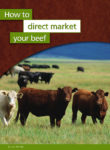
How to Direct Market Your Beef
How to Direct Market Your Beef portrays how one couple used its family’s ranch to launch a profitable, grass-based beef operation focused on direct market sales.

12 Aprils Grazing Dairy Program
Tom Trantham's Twelve Aprils grazing program has been part of three Southern Region SARE projects. Tom has influenced scores of experienced and beginning dairy farmers through presentations at conferences and magazine stories. This online manual addresses the most often asked questions about his system.